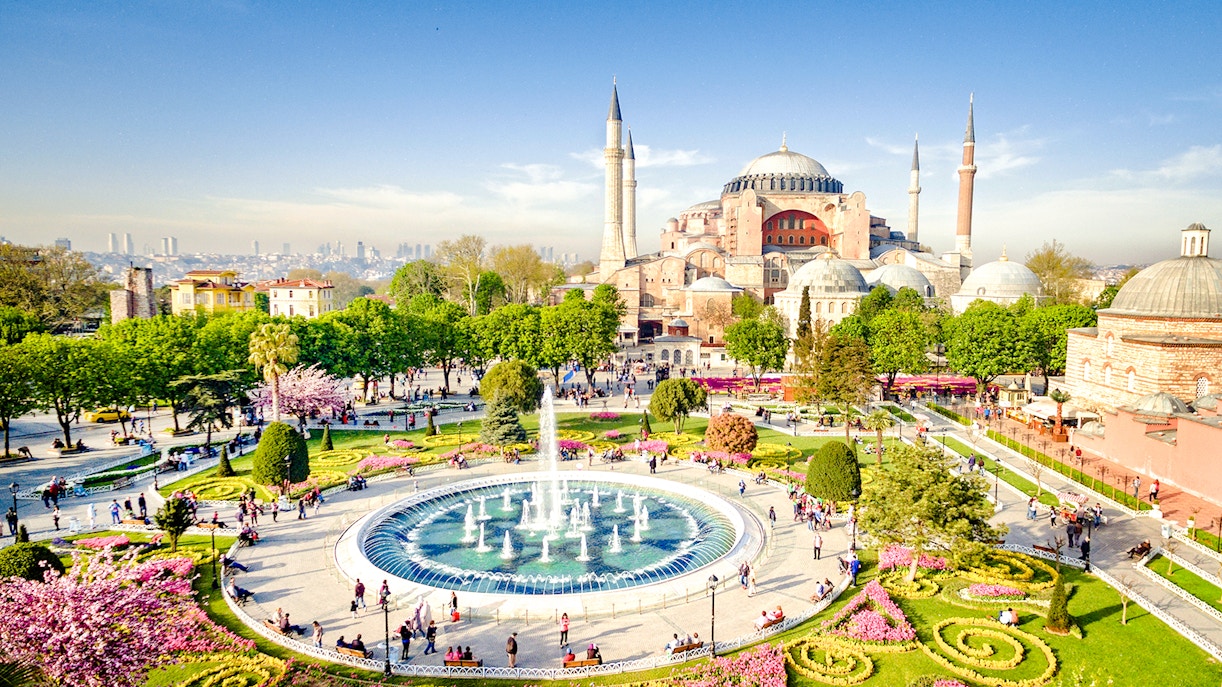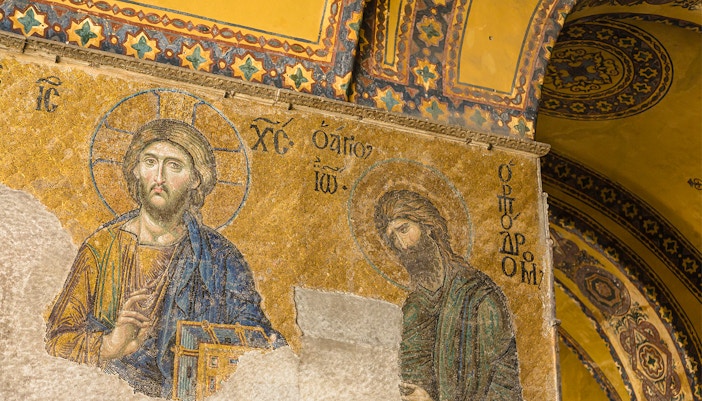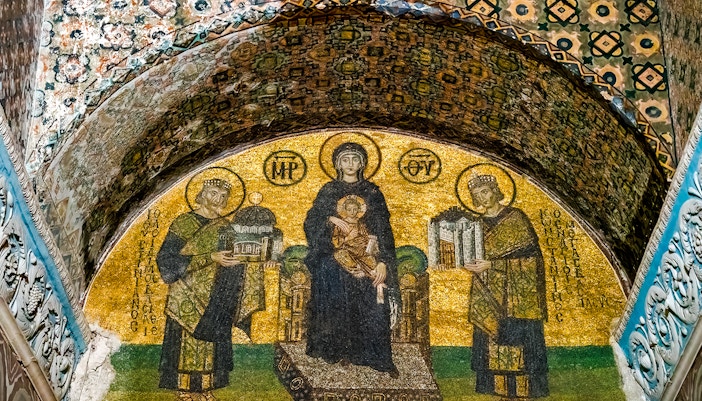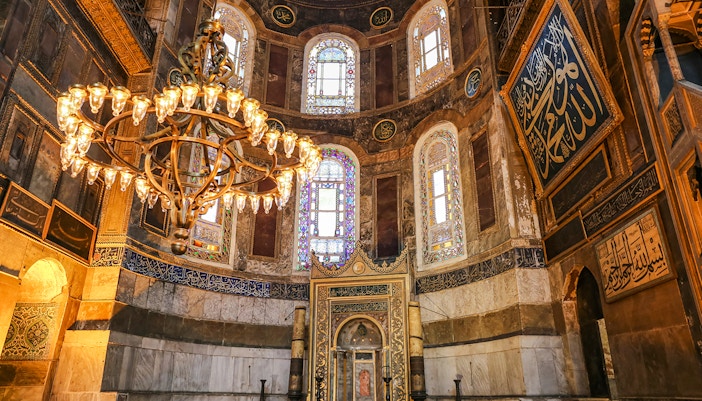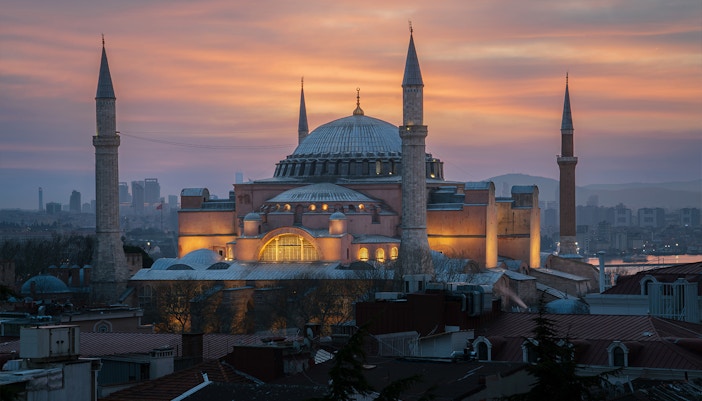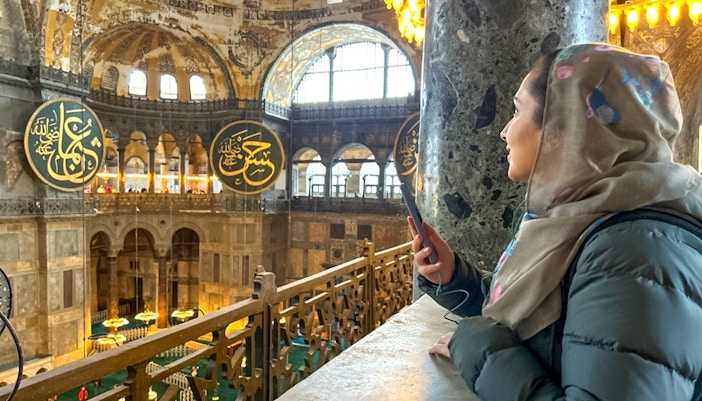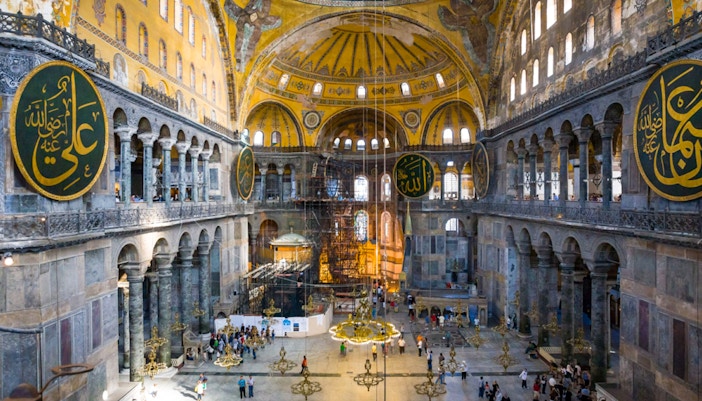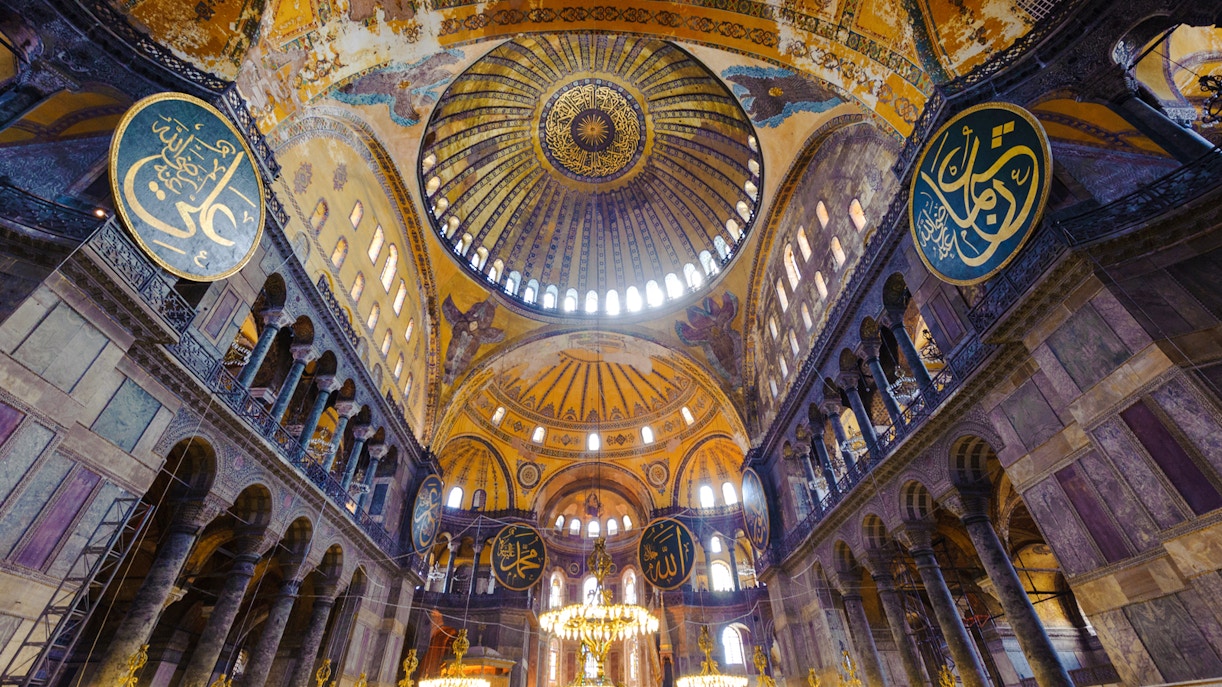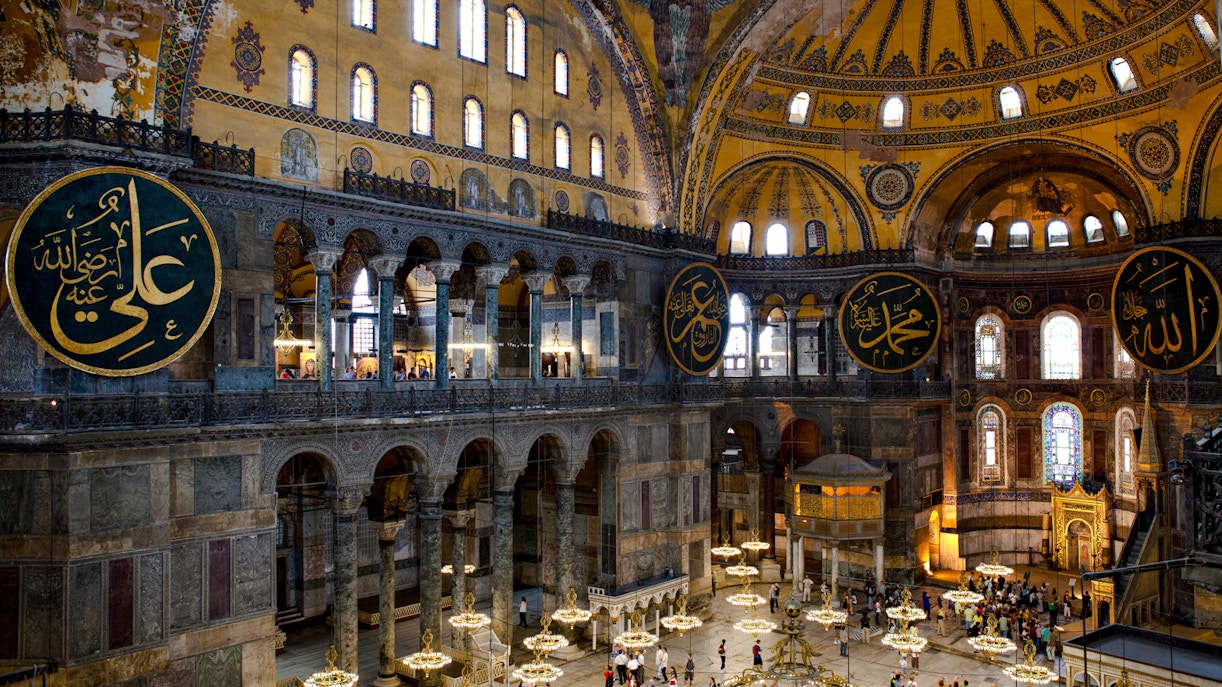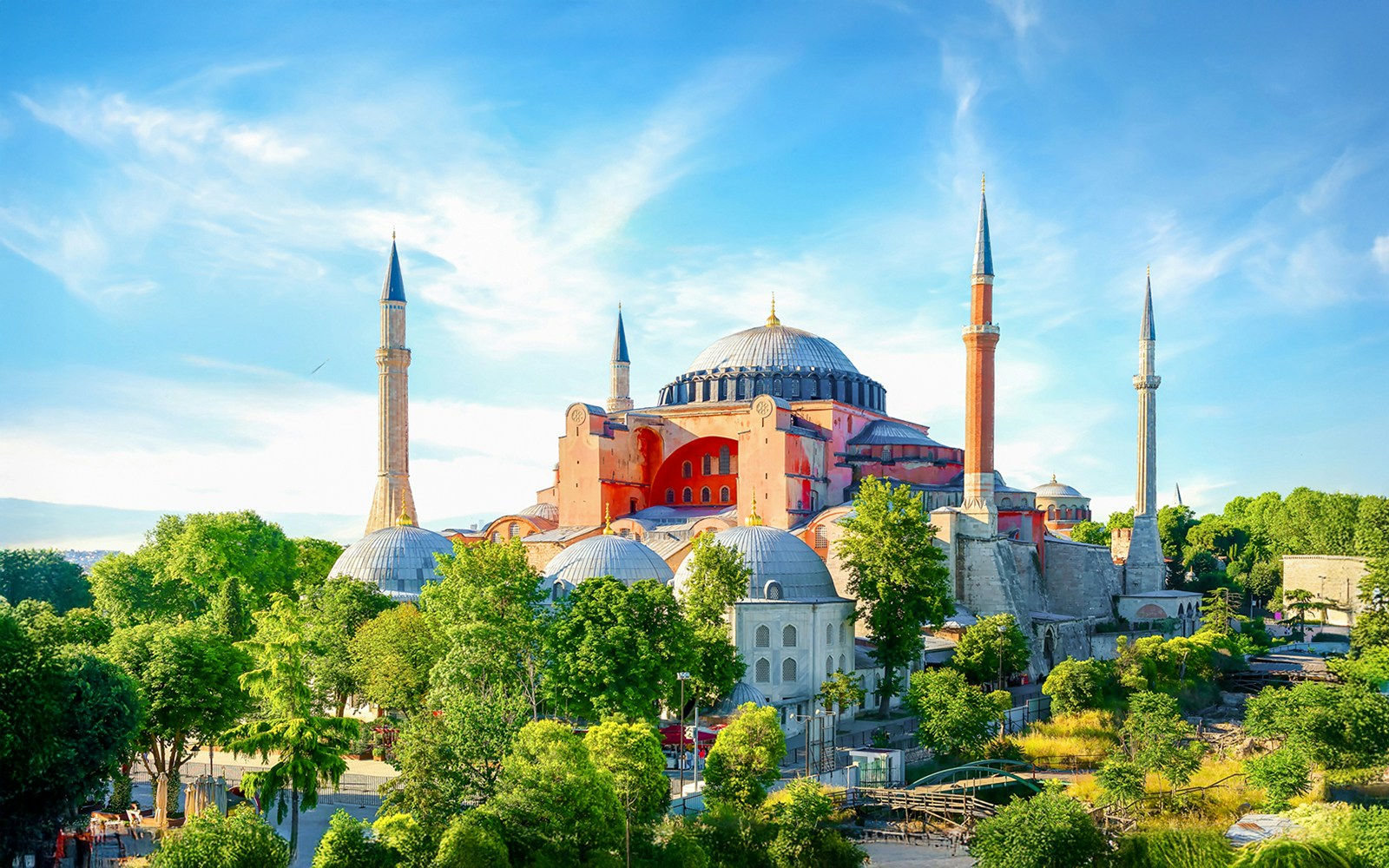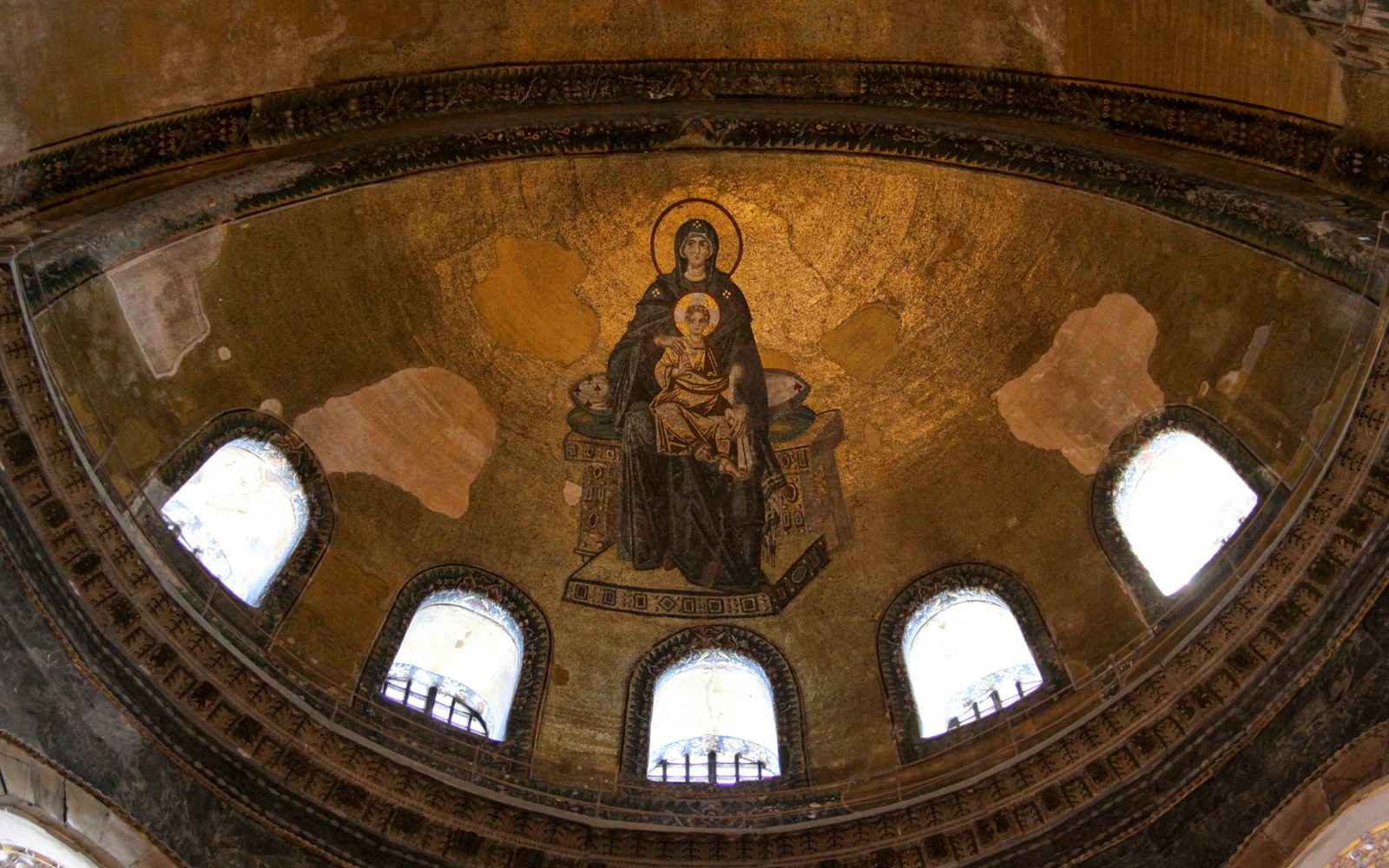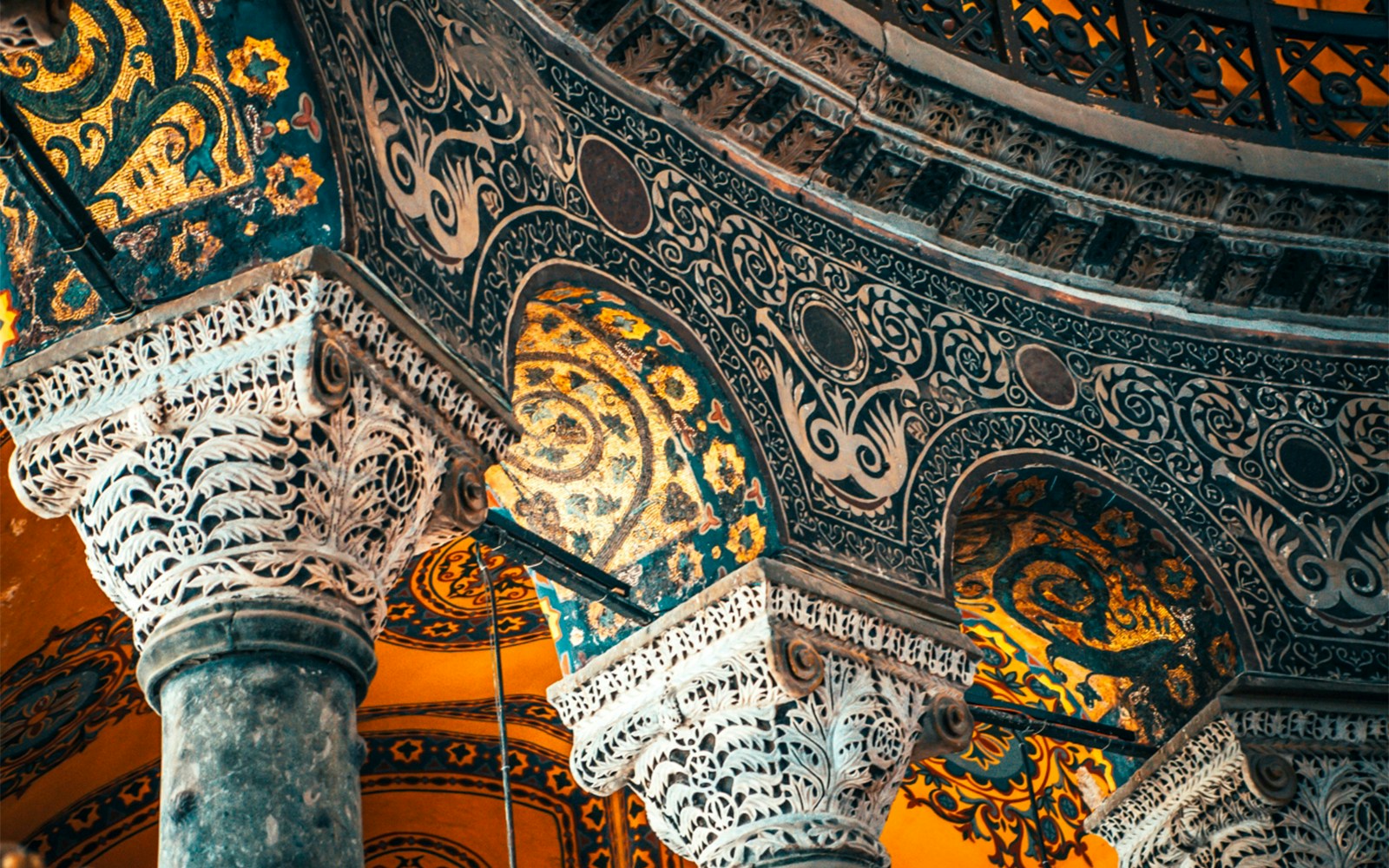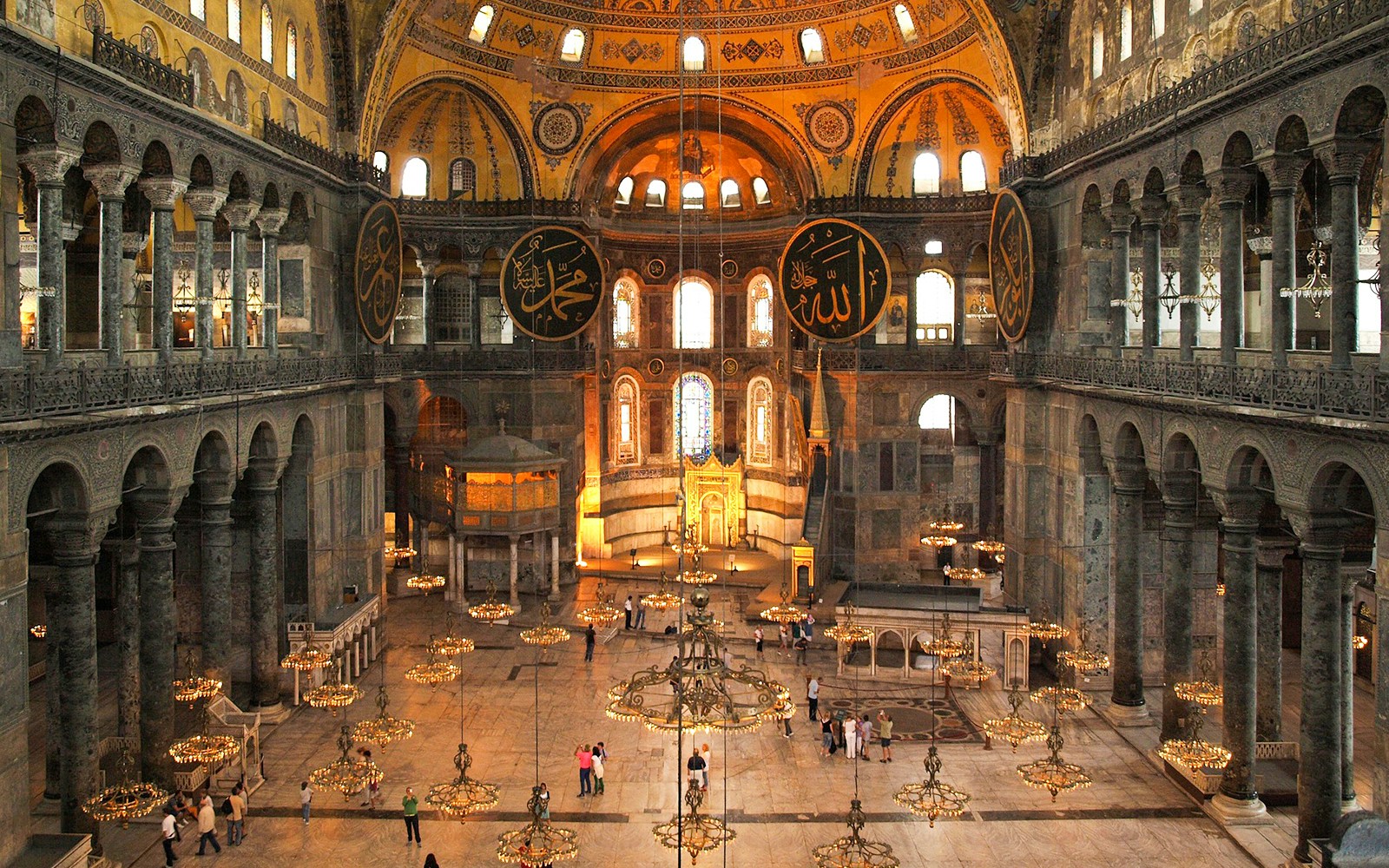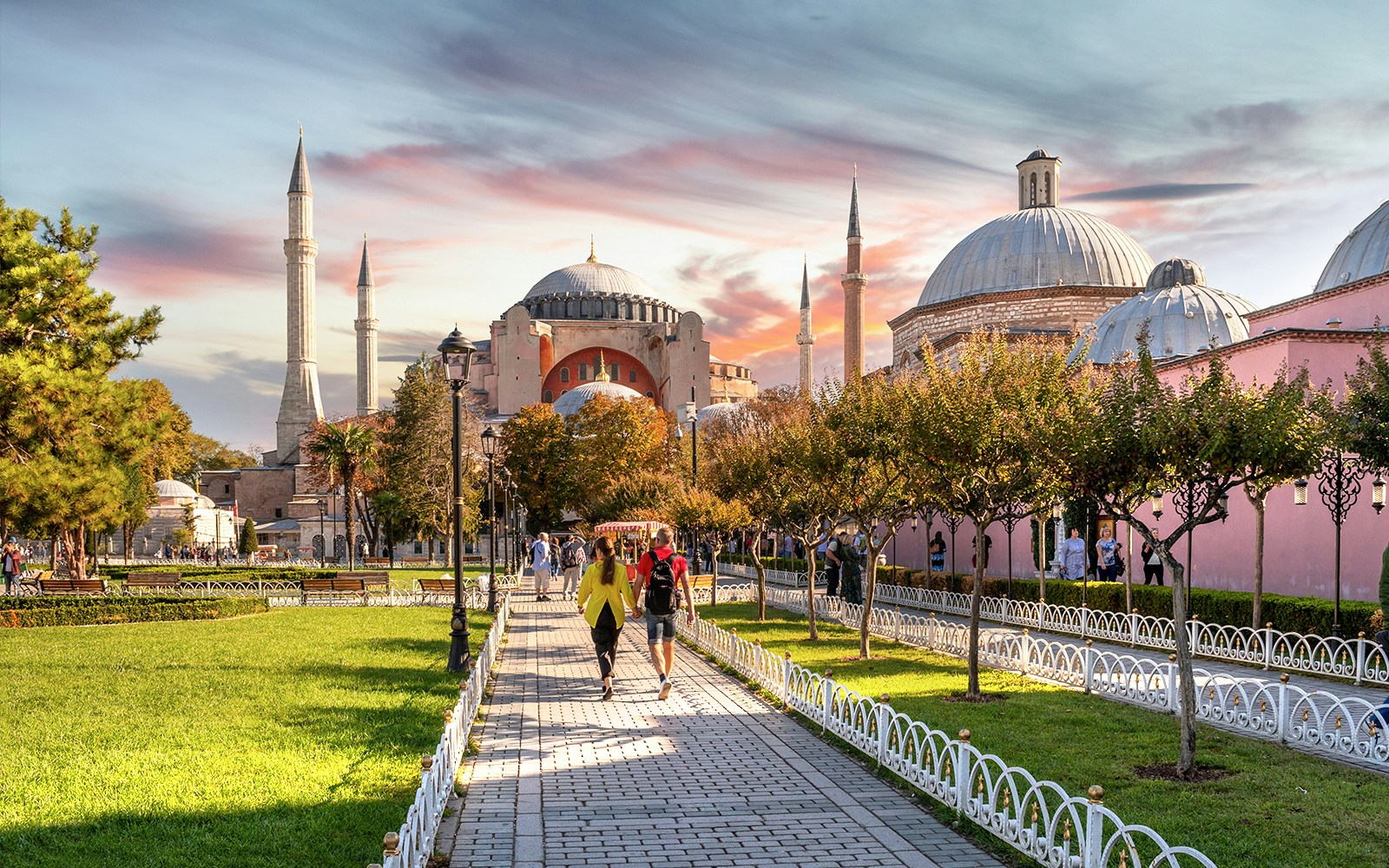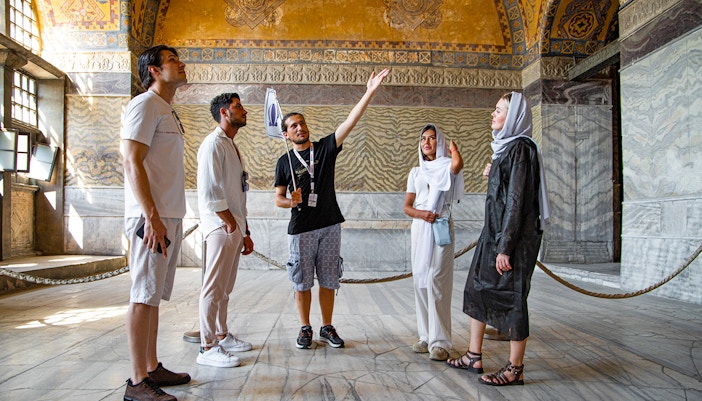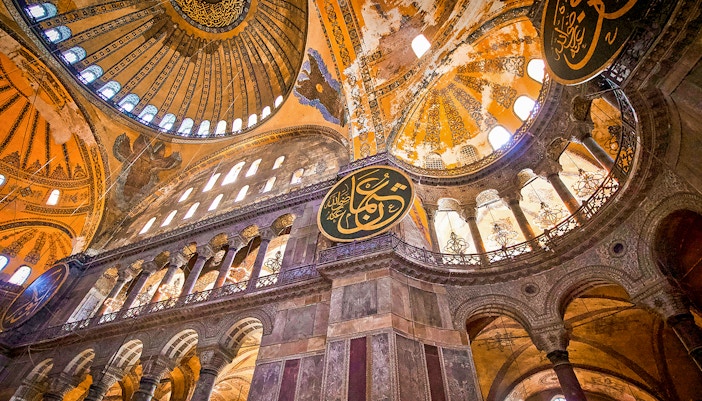- 537 AD: The current Hagia Sophia is completed under Emperor Justinian I, marking a milestone in Byzantine architecture.
- 2020 AD: Hagia Sophia is reconsecrated as a mosque, continuing its long history as both a religious and cultural landmark.
- 537–1204 AD: The building serves as the main Eastern Orthodox cathedral of Constantinople.
- 1204–1261 AD: Hagia Sophia is converted into a Roman Catholic cathedral during the Latin occupation of Constantinople.
- 1453–1934 AD: After the Ottoman conquest, Hagia Sophia functions as a mosque throughout the Ottoman era and the early Republican period.
- 1934 AD: The Turkish government, under Mustafa Kemal Atatürk, issues a decree to convert Hagia Sophia into a museum.
- 1935–2020 AD: Hagia Sophia turns into a museum, with extensive restorations and preservation works carried out during this period.
Quick overview: Hagia Sophia's timeline
